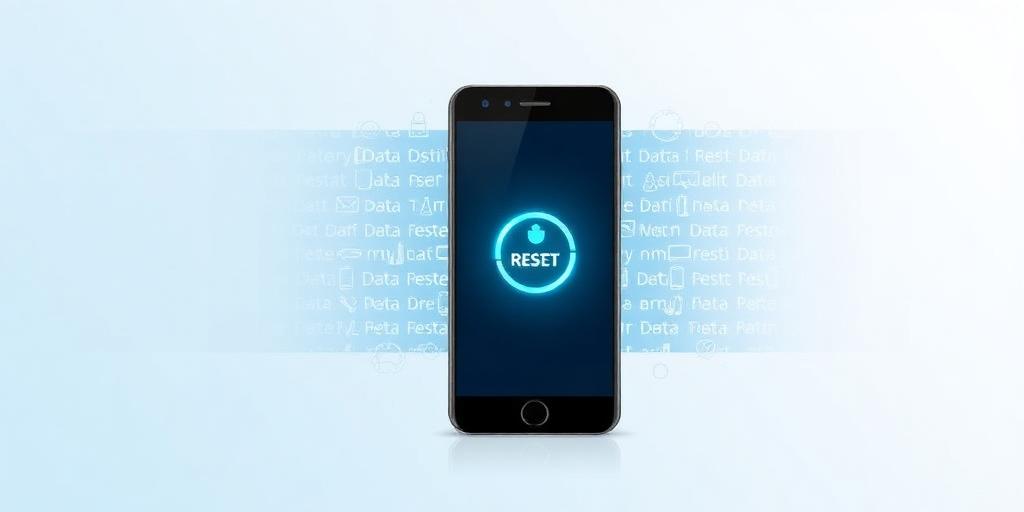How to Factory Reset Your Android Phone (And When You Should)
A factory reset, also known as a hard reset, wipes all data from your Android phone, restoring it to its original factory settings. It's like giving your phone a fresh start. While it can be a useful troubleshooting step, it's essential to understand when and how to do it properly.
When Should You Factory Reset Your Android Phone?
Consider a factory reset in these situations:
- Troubleshooting persistent issues: If your phone is experiencing frequent crashes, freezes, or other software glitches that haven't been resolved by other methods, a factory reset can often fix the problem.
- Preparing to sell or give away your phone: A factory reset ensures that all your personal data, including photos, contacts, and accounts, is completely removed, protecting your privacy.
- Removing malware: If you suspect your phone is infected with malware that you can't remove through other means, a factory reset can eliminate it.
- Improving performance: Over time, your phone can become sluggish due to accumulated files and data. A factory reset can clear out the clutter and improve performance.
- After major OS update issues: Sometimes, major Android updates can cause conflicts. A factory reset can provide a clean slate for the new OS.
Before You Begin: Backup Your Data!
This is the MOST IMPORTANT STEP. A factory reset erases everything. Back up your:
- Google Account: Contacts, calendar, email, etc., are typically synced, but double-check.
- Photos and Videos: Use Google Photos, another cloud service, or copy them to your computer.
- SMS Messages: Use a backup app from the Play Store.
- App Data: Some apps offer cloud backups; check individual app settings.
- Files and Documents: Copy anything important to your computer or cloud storage.
How to Factory Reset Your Android Phone
Note: The exact steps might vary slightly depending on your phone's manufacturer and Android version, but the general process is similar.
- Charge Your Phone: Make sure your phone has at least a 50% charge to prevent interruptions during the reset.
- Disable Factory Reset Protection (FRP): This feature prevents unauthorized access to your phone after the reset. To disable it, remove your Google account:
- Go to Settings > Accounts.
- Select your Google account.
- Tap Remove account.
- Access the Factory Reset Menu:
- Go to Settings > General Management > Reset. (Or search "reset" in settings)
- Tap Factory data reset.
- Confirm the Reset:
- Review the information on the screen, which lists the data that will be erased.
- Tap Reset (or a similar button like "Delete all").
- Wait for the Process to Complete: Your phone will restart several times during the reset. This may take a few minutes.
- Initial Setup: Once the reset is complete, your phone will restart to the initial setup screen. Follow the on-screen instructions to set up your phone as new. You can restore your data from your backup during this process.
After the Factory Reset
- Restore Your Data: Sign in to your Google account to restore your contacts, calendar, and other synced data. Restore photos, videos, and other files from your backup.
- Reinstall Apps: Reinstall the apps you need from the Google Play Store.
- Check for Updates: After setting up your phone, check for software updates to ensure you have the latest security patches and features.
Troubleshooting Issues After a Reset
Sometimes, problems can persist even after a factory reset. If you're still experiencing issues:
- Check for Hardware Problems: The issue might not be software-related. Consider a hardware check.
- Contact Support: Reach out to your phone manufacturer's support for further assistance.
By following these steps, you can confidently factory reset your Android phone when necessary, ensuring a smooth and secure process.









